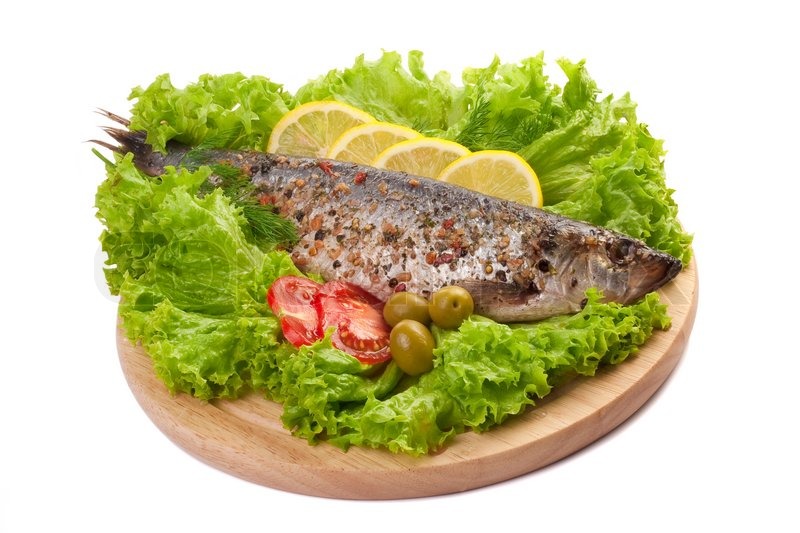Fish has long been a staple of the human diet and it’s well documented that fish-reliant societies (think: the Japanese and the Greeks) have lower rates of heart disease. Because fish are a great source of Omega-3 fatty acids, they are great for building brains as well. But getting kids to eat salmon can be tough. They are some smell and mouthfeel factors that seem to lead towards messy, high-chair debates. Fortunately, there are some fish-pushing strategies that work predictably and well.
The most important thing for parents to understand is that pediatric dietitians and nutritionists are consistent on one thing: A parent’s dinner-time job is to bring a well-balanced, healthy meal to the table. “When it comes to feeding children, parents want to avoid initiating a power struggle,” explains Licensed Dietitian and Nutritionist and founder of Dish on Fish Rima Kleiner. “Trying to coerce a child into eating food they don’t want to eat typically does not end well.”
So no cajoling, pleading or guilting a kid into eating. That might work short term, but it will fail long term. Stress not only sets a child up to feel bummed at dinner, it undercuts the social benefits (lower incidences of bad grades and drug abuse for instance) which are well documented in scientific literature.
That said, waiting for a kid to eat fish might take too much patience. Studies show that many children won’t try a food until they’ve seen it 15 times. No one knows precisely why 15 is the magic number, but until the kid sees that tilapia fillet more than a dozen times (it doesn’t help that different types of fish look very different). Given that, the logical solution is to trick kids into eating the stuff.
“A great way to get seafood in their diet is to take a favorite food, like Mac and Cheese or Quesadilla, and add some tuna or salmon,” Kleiner points out. “You don’t even have to cook it. You can just mix some in. Not all of it, just enough that they’re getting protein and Omega 3s.”
Other options include adding lightly breaded fish sticks to mac and cheese, or what Kleiner calls “seafood sliders.” They’re made my mixing a milder fish, like tuna, with breadcrumbs and unsweetened greek yogurt to make small patties. These can then be baked, or fried lightly in olive oil. Kids who’ve reached the finger food stage can dig straight into the finished patties, while older kids might prefer to put them in a bun.
Older kids are also generally eager to help parents out in the kitchen, according to Kleiner. She notes that giving kids a sense of agency in their meal may make them feel more comfortable eating it. “Getting your kids in the kitchen and taking them to the grocery store or farmers market gets them involved and have some buy-in,” she says.
Kleiner suggests allowing kids to help create a meal plan and even pick out ingredients that they’d like to cook when they’re out shopping with parents. From there it’s a matter of putting both the kid and the ingredients to work. Parents can let younger kids mix their sliders, for instance, or older kids can chop complimentary veggies. “Sometimes this is off limits to them,” Kleiner says. ”And they will be a bit messier, but as parents, we have to clean up anyway and a little bit more mess is no big deal because the benefit is tremendous.”
It’s important to note that seafood quality can also go a long way in increasing palatability. Any fan of fish, for instance, will happily point out that there’s a big difference in the taste and flavor of budget salmon as compared to wild caught versions. To that end, there’s nothing wrong with taking a kid to catch their own trout or salmon for dinner. But not everyone has a well-stocked pond or salmon-filled river nearby.
Kleiner notes that when purchasing seafood, parents should give it the sniff test. Fresh fish shouldn’t have a strong smell. She also asks parents to remember that most seafood at the supermarket counter has been previously frozen. It should be brought home and cooked soon, rather than refrozen which will affect the taste and texture.


